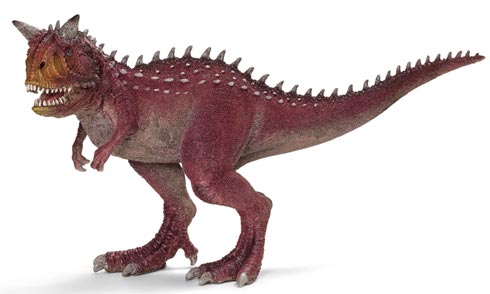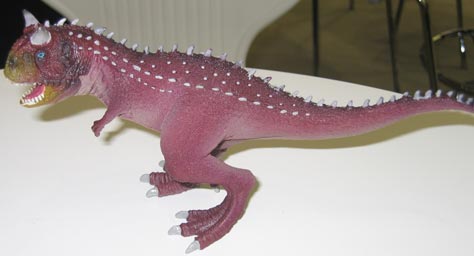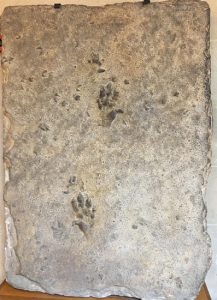Lyme Regis Fossil Festival Starts Today
Celebrating “Our Coastal Treasures” Lyme Regis Fossil Festival Starts
The Lyme Regis Fossil Festival starts in earnest today with a special day set aside for visits from Primary schools. Lots of events are planned for the Bank Holiday weekend (the Festival runs from Friday 3rd May until Sunday 5th). This is the eighth event that has taken place since the inaugural fossil festival in 2005. There are lots of events planned, hands-on science, Jurassic themed art for all the family to have a go at, the chance to meet fossil experts, talks, shows, even a travelling cinema shaped like a pliosaur.
The Lyme Regis Fossil Festival Starts Today
Lyme Regis Fossil Festival
Visitors to the picturesque town of Lyme Regis will be able to learn about fossils from top experts, see amazing stone balancing (we have seen this and it has to be seen to be believed) and hear about some of the latest scientific studies being carried out by top academic institutions. The main theme for this year’s festival is “Our Coastal Treasures”. The Fossil Festival will explore the marine habitats that produced the very different types of geological formations seen on the Jurassic coast.
One word of advice, visitors to the beach should avoid the cliff areas as these are exceptionally dangerous at the moment. The heavy rain last summer, coupled with recent dry weather has left much of the coastline in a fragile state.
There have already been a number of landslides, leaving a considerable amount of debris on the beach. On Tuesday evening, a twenty metre section of chalk cliff, east of Lyme Regis, at St Oswald’s Bay collapsed into the sea. The coastguard and Dorset police have warned visitors to the area to “exercise due care, behave responsibly and to observe all warning and diversion notices”.
Wishing all the volunteers who help make this such a super event the very best for the next few days. Fingers crossed for some decent weather.
For models and replicas of ammonites, belemnites and ichthyosaurs: CollectA Prehistoric Life (Age of Dinosaurs).







